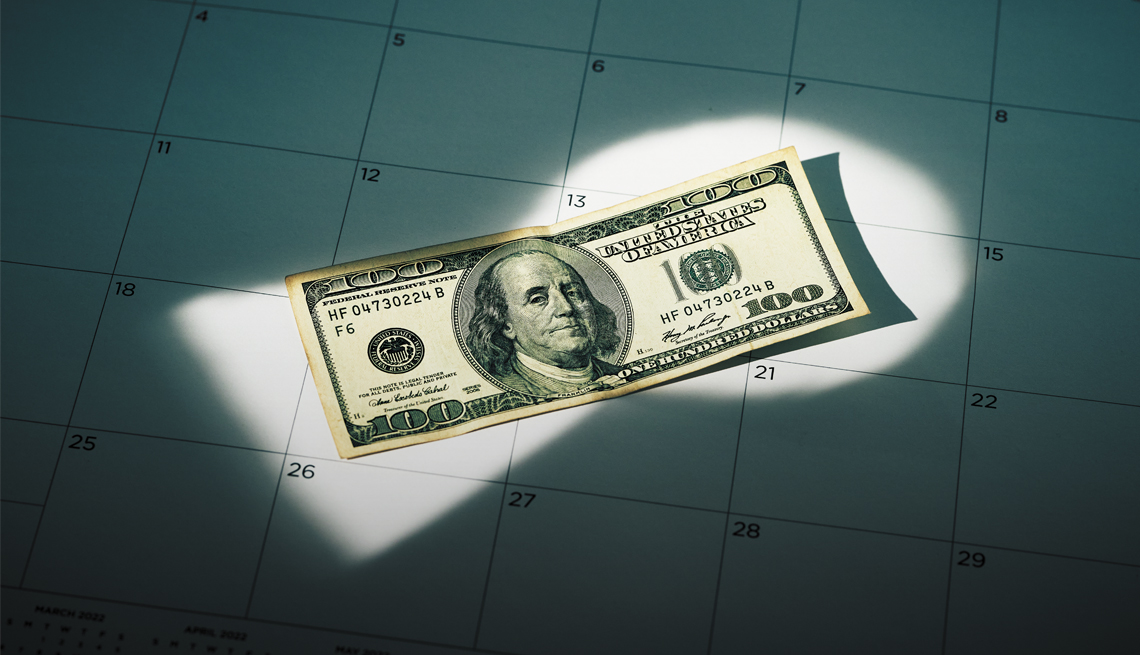
- Select a language for the TTS:
- UK English Female
- UK English Male
- US English Female
- US English Male
- Australian Female
- Australian Male
- Language selected: (auto detect) - EN
Play all audios:
Insuring her Precious Moments figurines collection was a no-brainer for Gail Russell, who lives in Jupiter, Fla. But when she first looked into doing it more than 20 years ago, she found
that the figurines weren't fully covered under her homeowner's policy. And adding them to it would have been exorbitantly expensive. So Russell scouted out specialized insurers of
collectibles. Today, she pays $120 a year to insure her 200-piece porcelain collection, worth about $17,000. "Other friends don't insure collections," adds Russell.
"Perhaps they don't know their value. For me, it's a long-range investment." Serious collectors know that failing to insure a collection can be costly. Homeowners
insurance generally doesn't always cover it or will give you just a discounted payout. But starting at about $75 a year, you can get $10,000 worth of blanket coverage that protects
every item at full value. Not every collectible is worth insuring, though. The rule of thumb: It must have a secondary market. Items like miniature dollhouses, Lenox pottery, Lionel model
trains, GI Joe action figures and jukeboxes qualify. But your DVD collection doesn't make the grade. Here are some tips for navigating the collectible insurance market. * Consider
opting for "agreed value" coverage. Most specialized insurance is sold on agreed value — the value that you and your insurer mutually agree to in advance. You'll need photos
and receipts to help you get an accurate quote. "If the collection is damaged or destroyed, you get the full amount," says Jill Bookman, CEO of American Collectors Insurance in
Cherry Hill, N.J. "But if your collection is insured with a standard personal property policy" — what's typically found in a homeowner's policy — "you receive
replacement cost, minus depreciation." Applying value to unique collectibles can be tricky — you might need an expert appraisal. Over the years, insurers have seen collections of
magician cups and balls, antique hat pins, Civil War medical memorabilia — and even shrunken heads. * Choose an insurer that has special expertise in your type of collectible. For example,
American Collectors originally insured automobile memorabilia but now has expanded into a variety of collectibles. AXA Art Group insures a wide range of artwork. Jim Mazepa of Sarasota,
Fla., who has collected thousands of rare stamps, suggests you check out insurers by asking fellow collectors what experience they've had with them. He has insured his stamps with
Collectibles Insurance Services for more than 30 years. * Factor inflation into your insurance contracts — "Always include it," says Mazepa. He suggests providing for a 5 percent
annual rise in value. * Review your collection annually. Collectors often add pieces but forget to update their insurance. _Constance Gustke write on business issues and is a contributor to
CNBC._






